July 16, 2015
Women are less assertive in asking for a pay rise than men
There has been much focus on gender pay this week with the announcement that larger companies will be forced to disclose pay rates. Now a new poll suggests another reason why women’s pay lags over their career, a lack of assertiveness. A report commissioned by Glassdoor found that only a quarter of UK women (27 percent) feel confident they will receive a pay rise within the next 12 months, compared to 40 percent of men. Women are also less likely to leave a job because of low salary than men – 30 percent of women said that low salary had been the major factor behind them moving on from jobs in the past, compared to 39 percent of men. The Glassdoor UK Employment Confidence Survey, conducted online by Harris Interactive, monitors four key indicators of employee confidence: job security, salary expectations, job market optimism/re-hire probability and business outlook optimism.
















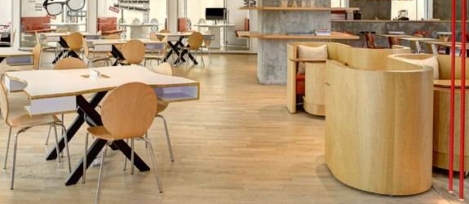
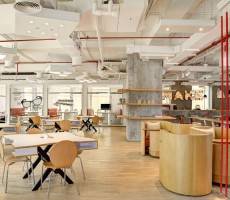


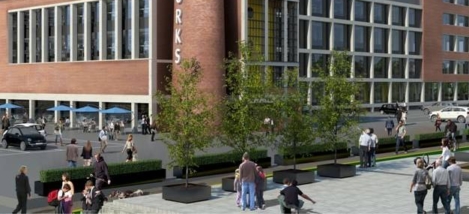
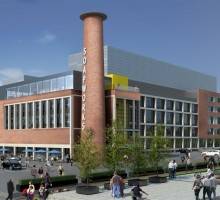
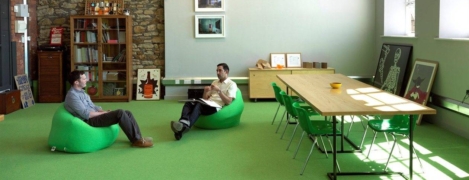
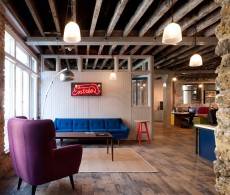
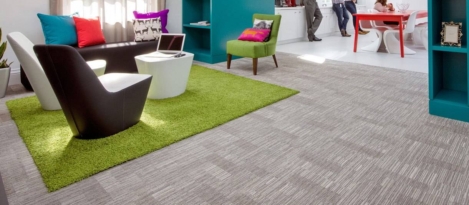
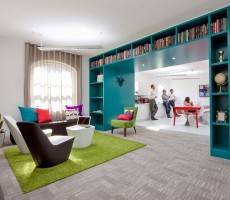










July 9, 2015
Wind tunnels and Beyoncé’s backside added to tall buildings charge sheet
by Mark Eltringham • Architecture, Cities, Comment, Property
More →